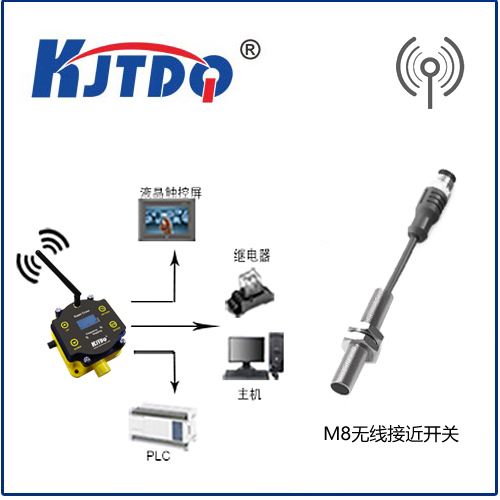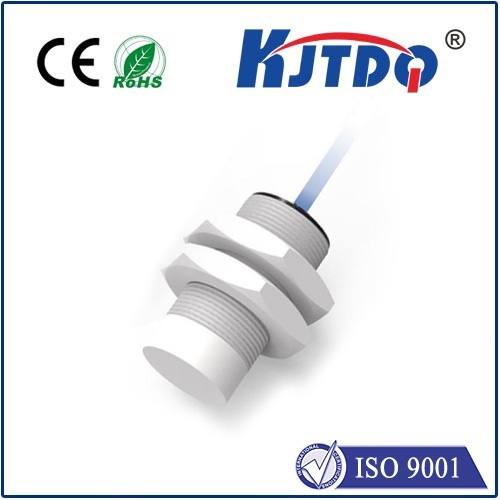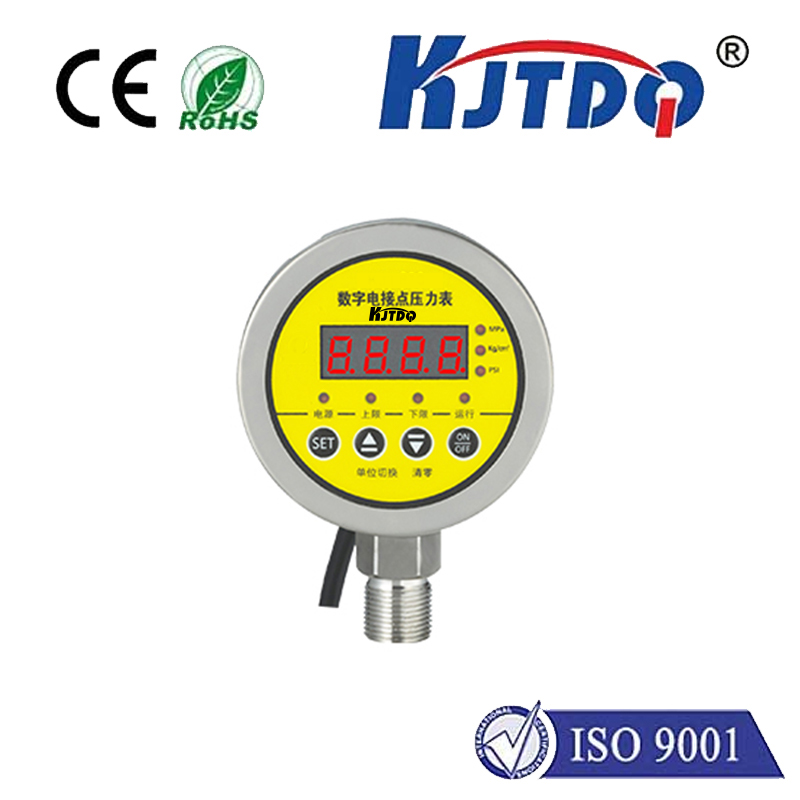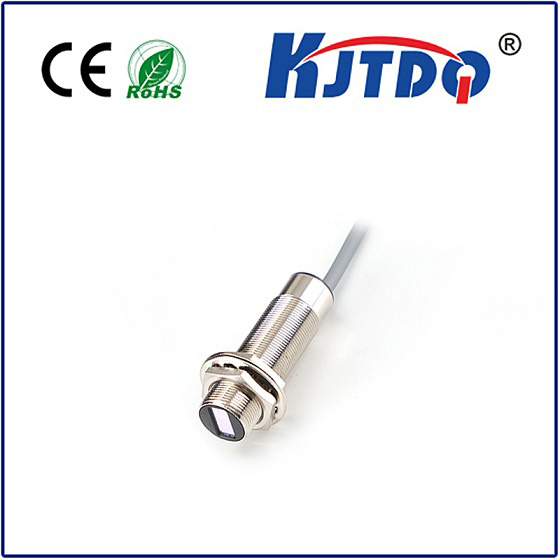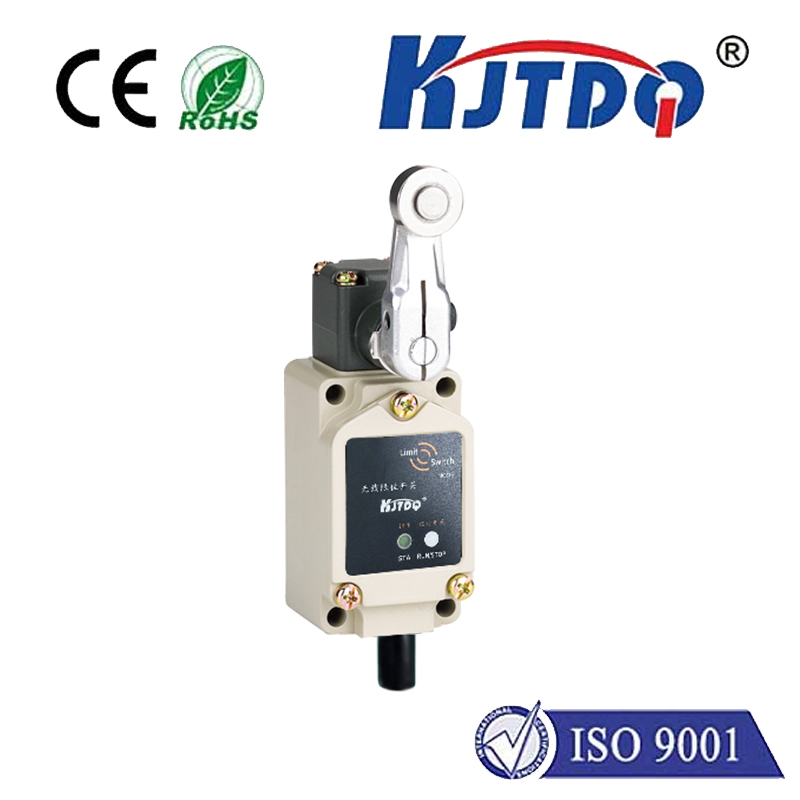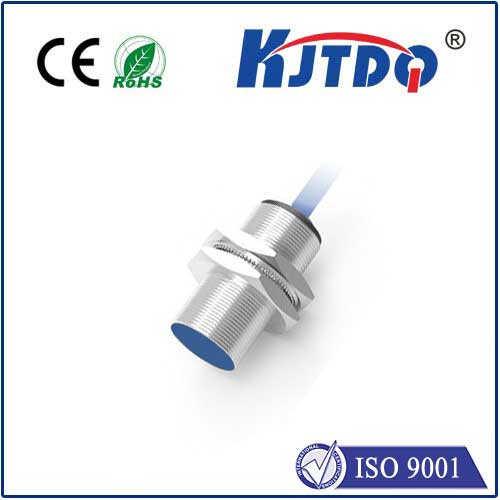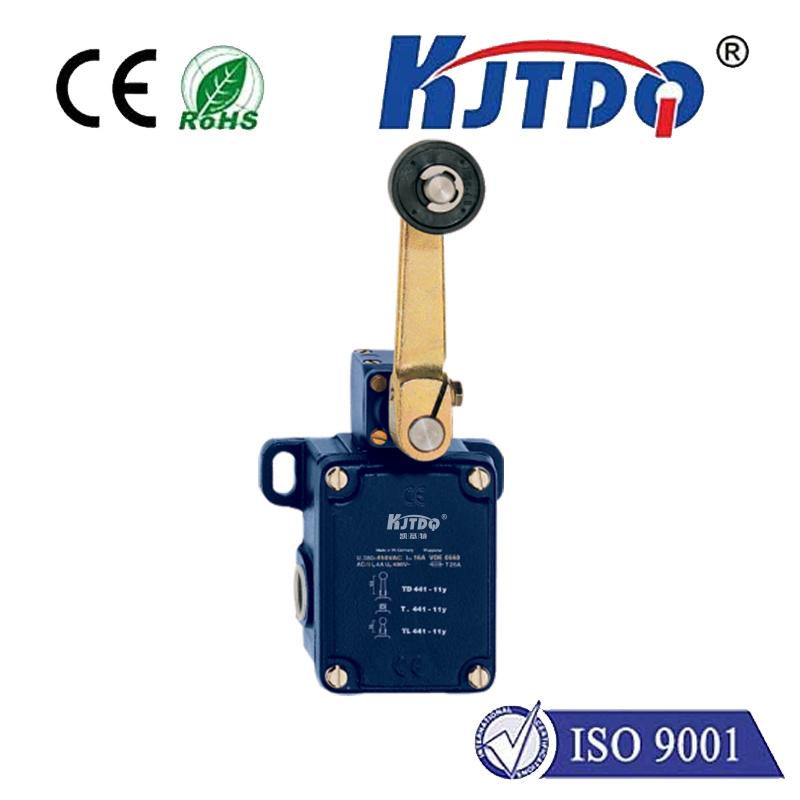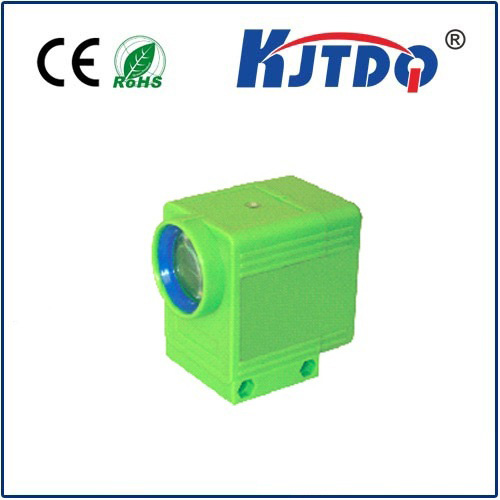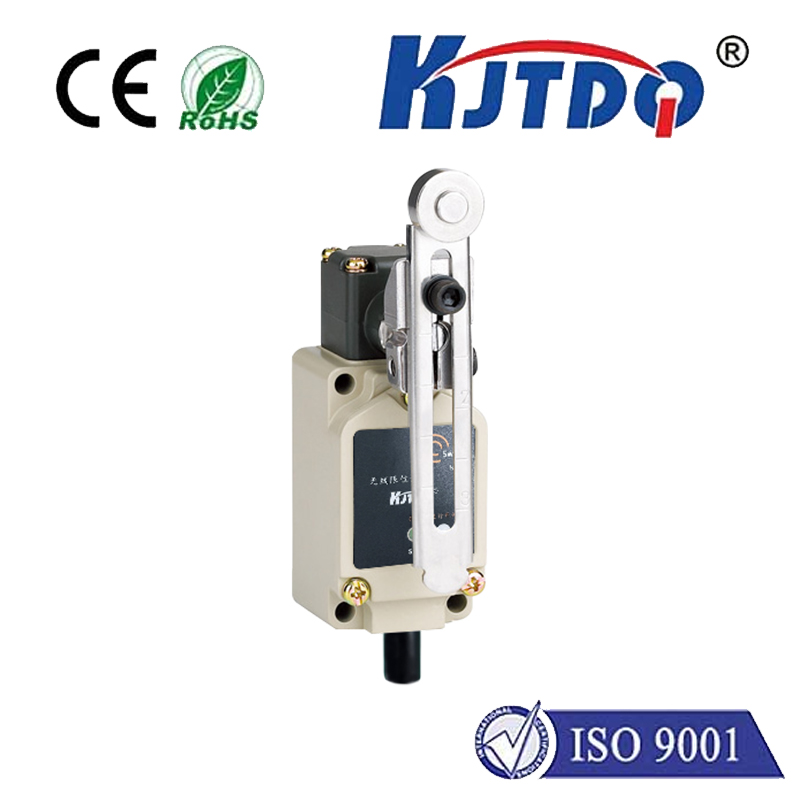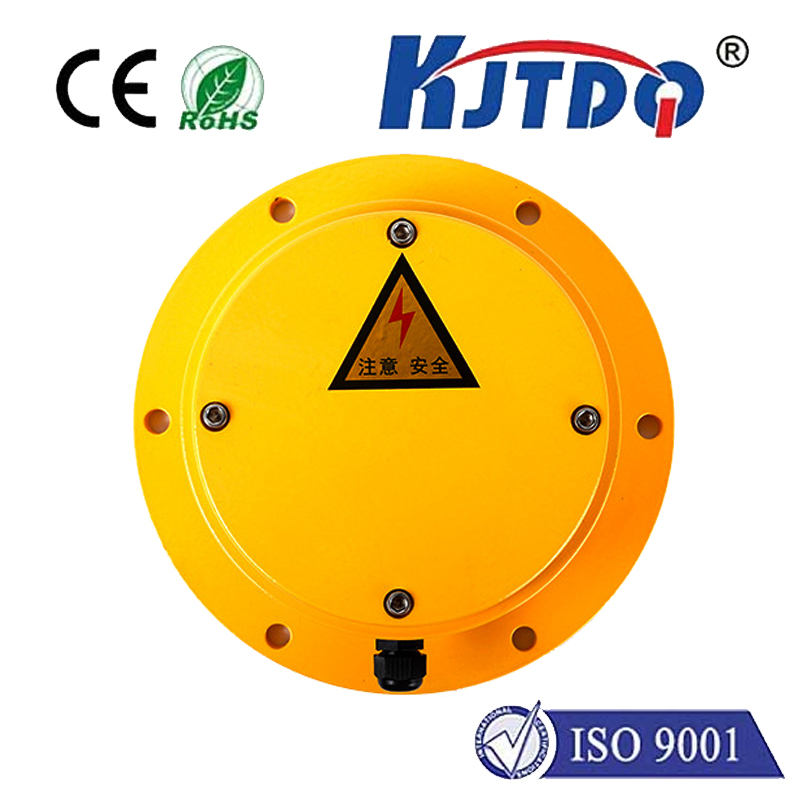
check

check

check

check

Title: The Essential Role of Pressure and Temperature Sensors in Modern Technology In the rapidly advancing world of technology, sensors play a crucial role in monitoring, measuring, and controlling various parameters. Among these, pressure and temperature sensors are particularly vital as they provide essential data for ensuring the efficient and safe operation of countless systems. This article delves into the significance of pressure and temperature sensors, their applications, and their impact on modern technology. Pressure and temperature sensors are devices designed to detect and measure the respective physical quantities they are named after. Pressure sensors convert the pressure exerted on them into an electrical signal, while temperature sensors translate temperature changes into readable electrical outputs. These signals can then be analyzed and used to monitor, control, and respond to environmental conditions in real-time. One of the primary fields where pressure and temperature sensors are indispensable is in the automotive industry. Modern vehicles rely heavily on these sensors to optimize performance and ensure safety. For instance, tire pressure monitoring systems use pressure sensors to alert drivers to under-inflated or over-inflated tires, which can lead to poor fuel efficiency and increased wear and tear on the tires. Similarly, engine management systems employ temperature sensors to monitor the engine’s operating temperature, adjusting fuel injection rates to prevent overheating and protect the engine from damage. Beyond the realm of transportation, pressure and temperature sensors find extensive applications in the HVAC (Heating, Ventilation, and Air Conditioning) sector. They regulate indoor climate by constantly measuring room temperatures and air pressures, enabling HVAC systems to maintain comfortable living conditions while conserving energy. Additionally, industrial processes depend heavily on these sensors for process control, quality assurance, and safety protocols. In manufacturing plants, pressure and temperature sensors help monitor equipment performance, ensuring that processes occur within safe and optimal parameter ranges. They are also pivotal in industries such as food production, chemical manufacturing, and pharmaceuticals, where precise environmental control is necessary to meet regulatory standards and product specifications. Environmental monitoring is another area where pressure and temperature sensors are making significant contributions. Weather forecasting would not be as accurate without the data provided by these sensors, which measure atmospheric pressure and temperature variations to predict weather patterns. Furthermore, their role in climate studies allows scientists to track global climate changes and better understand environmental phenomena. Finally, with the advent of the Internet of Things (IoT), pressure and temperature sensors have become integral components of smart homes and cities. They enable devices like smart thermostats to adjust heating or cooling based on occupancy patterns, and they allow utilities to manage water and energy resources more efficiently through advanced leak detection and grid monitoring systems. In conclusion, pressure and temperature sensors are not just simple measurement tools; they are critical enablers of modern technology, enhancing efficiency, safety, and comfort across multiple domains. As technology continues to evolve, so too will the capabilities and applications of pressure and temperature sensors, cementing their importance in our daily lives and future innovations.
